
The Winnipeg Blue Bombers are a professional Canadian football team based in Winnipeg, Manitoba. The Blue Bombers compete in the Canadian Football League (CFL) as a member club of the league's West division. They play their home games at Princess Auto Stadium.
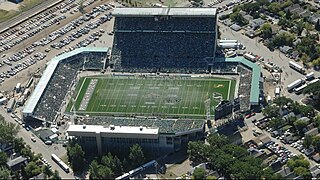
Taylor Field, known in its latter years as Mosaic Stadium at Taylor Field for sponsorship reasons, was an open-air stadium located in Regina, Saskatchewan. It was the home field of the Canadian Football League's Saskatchewan Roughriders from 1936 until 2016, although a playing field existed at the site as early as 1910 and the team began playing there as early as 1921. Originally designed primarily to house baseball the stadium was converted to a football-only facility in 1966.

Canadian National Exhibition Stadium was a multi-purpose stadium in Toronto, Ontario, Canada, on the grounds of Exhibition Place. Originally built for Canadian National Exhibition events, the stadium served as the home of the Toronto Argonauts of the Canadian Football League (CFL) from 1959 to 1988, the Toronto Blue Jays of Major League Baseball (MLB) from 1977 to 1989, and the Toronto Blizzard of the North American Soccer League (NASL) from 1979 to 1983. The stadium hosted the Grey Cup game 12 times over a 24-year period.
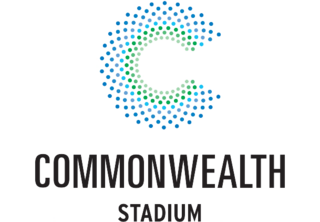
Commonwealth Stadium is an open-air, multipurpose stadium located in the McCauley neighbourhood of Edmonton, Alberta, Canada. It has a seating capacity of 56,302, making it the largest open-air stadium in Canada. Primarily used for Canadian football, it also hosts athletics, soccer, rugby union and concerts.
Winnipeg Arena was an indoor arena located in the Polo Park district of Winnipeg, Manitoba, Canada.

McMahon Stadium is a Canadian football stadium in Calgary, Alberta. The stadium is owned by the University of Calgary and operated by the McMahon Stadium Society.
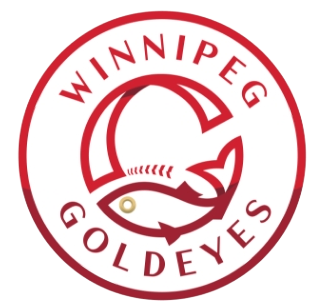
The Winnipeg Goldeyes are a minor-league baseball team based in Winnipeg, Manitoba, Canada. The Goldeyes play in the American Association of Professional Baseball, which they joined in 2011. Previously, the Goldeyes were members of the Northern League from 1994 until 2010. The Goldeyes were champions of the Northern League in 1994. They are also three-time champions of the American Association; having won in 2012, and back-to-back in 2016 and 2017. The team is named after the goldeye, a fish usually served as a smoked delicacy and commonly called Winnipeg goldeye.

Blue Cross Park is a baseball stadium in Winnipeg, Manitoba, Canada. It is located adjacent to The Forks, near the city's downtown, and is home to the Winnipeg Goldeyes of the American Association.
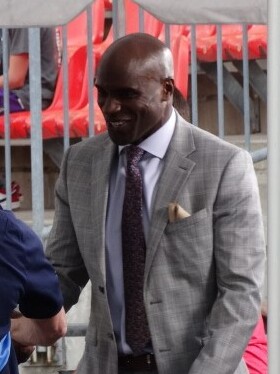
Milton Eugene Stegall is a former professional gridiron football player who played 17 years of professional football, three years in the National Football League with the Cincinnati Bengals and 14 years in the Canadian Football League with the Winnipeg Blue Bombers. He is currently an analyst on the CFL on TSN studio panel.
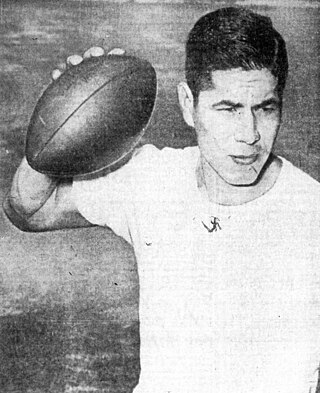
Jack Jacobs, nicknamed "Indian Jack", was an American and Canadian football player in the National Football League and Western Interprovincial Football Union. He was a charter member of the Canadian Football Hall of Fame, inducted in 1963.
Osborne Stadium was a multi-sport outdoor stadium in Winnipeg, Manitoba, Canada. It operated from 1932 until 1956, and hosted Canadian football home games for the Winnipeg Blue Bombers and baseball games in the Mandak League. The stadium was also home to local high school football, soccer, baseball and softball games.

A multi-purpose stadium is a type of stadium designed to be easily used for multiple types of events. While any stadium could potentially host more than one type of sport or event, this concept usually refers to a specific design philosophy that stresses multifunctionality over specificity. It is used most commonly in Canada and the United States, where the two most popular outdoor team sports—Canadian football or American football and baseball—require radically different facilities. Football uses a rectangular field, while baseball is played on a diamond with a large outfield. Since Canadian football fields are larger than American ones, the design specifications for Canadian facilities are somewhat less demanding. The particular design to accommodate both is usually an oval, although some later designs use an octorad. While building stadiums in this way means that sports teams and governments can share costs, it also presents some challenges.

Princess Auto Stadium is an outdoor stadium in Winnipeg, Manitoba. The stadium, which opened in 2013, is located on the University of Manitoba campus next to University Stadium.
Canad Inns is a chain of hotels headquartered in Winnipeg, Manitoba, Canada.
Glen Scrivener is a former professional Canadian football defensive tackle, playing in the Canadian Football League for 12 seasons. He played for five different teams from 1990-2001 while notably winning the Grey Cup with the BC Lions in 1994. He played college football at William Jewell College in Liberty, Missouri for the Cardinals.
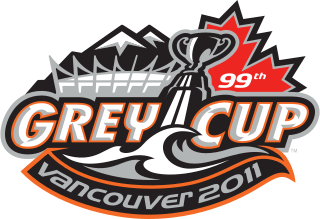
The 99th Grey Cup was a Canadian football game between the East Division champion Winnipeg Blue Bombers and the West Division champion BC Lions to decide the champion of the Canadian Football League in the 2011 season. The Lions defeated the Blue Bombers 34–23 and became the first team in CFL history to win the Grey Cup after starting the season with five straight losses. They also became the first team to win the championship game at home since the 1994 Lions did it in the 82nd Grey Cup, and were only the fourth team in the modern era to do so. This, a rematch of the 76th Grey Cup, was the second time that these two teams met for the championship.

The 2007 Winnipeg Blue Bombers season was the 50th season for the team in the Canadian Football League and their 75th overall. They attempted to win their 11th Grey Cup championship, but they lost in the Grey Cup game against the Saskatchewan Roughriders.

The 2012 Winnipeg Blue Bombers season was the 55th season for the team in the Canadian Football League and their 80th overall. The Blue Bombers looked to continue on the success of the 2011 season, in which they made it all the way to the Grey Cup game. However, the team slipped to third place in the East Division and missed the playoffs, finishing with a 6–12 record. The team was supposed to play their first season in their new stadium, Investors Group Field, but ongoing construction delays have moved its opening to the beginning of the 2013 season. The Blue Bombers started the season with four straight road games, which was due to speculation that the stadium would be opened in time for a home opener in week 5 at the earliest. The Blue Bombers started the season 0–4 for the first time since 2008, which was also, coincidentally, a year after they had an appearance in the Grey Cup game.

Albertsons Stadium is an outdoor athletic stadium in the western United States, located on the campus of Boise State University in Boise, Idaho. It is the home field of the Boise State Broncos of the Mountain West Conference. Known as Bronco Stadium for its first 44 seasons, it was renamed in May 2014 when Albertsons, a chain of grocery stores founded by Boise area resident Joe Albertson, purchased the naming rights.



















